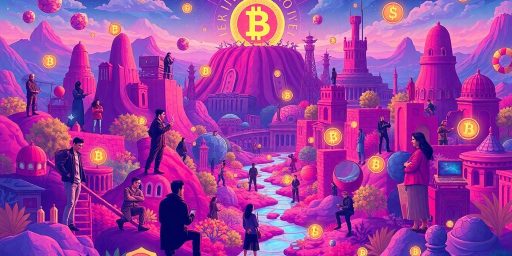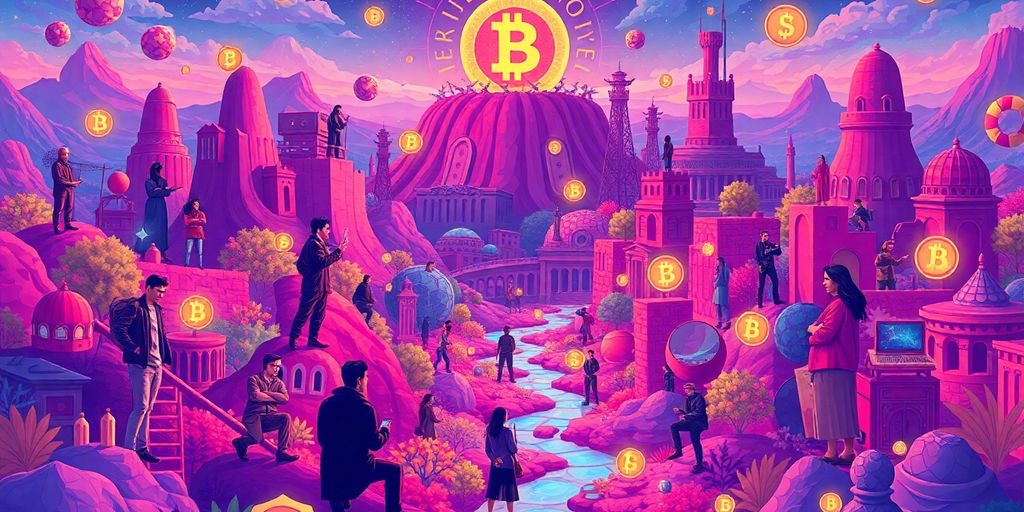On April 23, the on-chain social network Zora launched its ZORA token, which quickly became a source of confusion and dissatisfaction among users. The token’s price plummeted shortly after its launch, raising questions about the future of the Web3 creator economy and the viability of blockchain tools for monetizing creative content.
Key Takeaways
- Zora’s token launch was marred by poor communication and a significant price drop.
- The tokenomics have raised concerns about the distribution and utility of the ZORA token.
- A shift from NFTs to memecoins reflects changing dynamics in the creator economy.
- Many creators are reevaluating the role of blockchain in their work.
Zora Token Launch: A Controversial Start
The ZORA token’s launch was not accompanied by an official announcement until two hours after trading began, leading to widespread confusion. Within that short time frame, the token’s price fell from $0.037 to $0.017, and it has continued to decline, currently hovering around $0.013.
Critics have pointed to the tokenomics as a major issue, with 45% of the supply allocated to the team and investors, 25% for the treasury, and only 10% for user airdrops. This distribution has led to accusations that Zora is prioritizing its own interests over those of its community.
The Shift From NFTs to Memecoins
Zora’s recent pivot from traditional NFTs to a model based on memecoins, or "content coins," signifies a broader trend in the creator economy. Each post on Zora now generates an instantly tradable memecoin, with creators receiving 1% of the supply and earning 50% of trading fees. This shift has attracted a new class of creators who thrive on viral content and remix culture.
Creators’ Perspectives on the Future
Despite the turmoil surrounding the ZORA token, many creators remain optimistic about the potential of blockchain technology. Singer Vérité expressed appreciation for being rewarded for early participation, while others like Latashá emphasize the need for artists to build their own platforms rather than relying on existing ones.
- Vérité’s View: She believes in the potential of blockchain to create new models for valuing digital artifacts, but she is cautious about the speculative nature of NFTs.
- Latashá’s Insight: She argues that the focus should shift from speculation to culture, suggesting that artists need to take control of their platforms to foster genuine connections with their audiences.
The Road Ahead for Web3 Creators
As the Web3 creator economy evolves, many builders and artists are exploring new ways to leverage blockchain technology. Some are opting to hide the blockchain elements to enhance user experience, while others are focused on creating tools that solve real problems for artists and their audiences.
Renata Lowenbraun, CEO of an independent music Web3 platform, believes that improving accessibility to crypto wallets will be crucial for the future of blockchain in the creative sector. She likens the current state of blockchain to the early days of the internet, suggesting that while NFTs may have had a false start, their potential remains untapped.
Conclusion
The recent challenges faced by Zora and the broader creator economy highlight the need for adaptation and innovation. As creators reassess their relationship with blockchain technology, the future may hold new opportunities for independence and artistic expression. While the road ahead may be fraught with obstacles, the commitment of artists and builders to forge a new path suggests that the Web3 creator economy is far from over.








